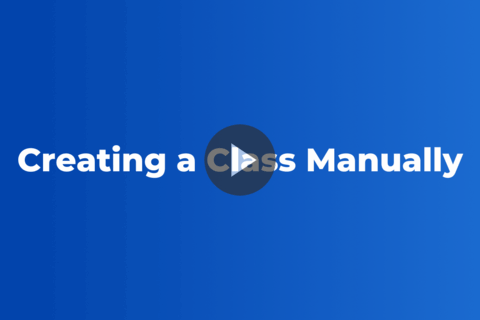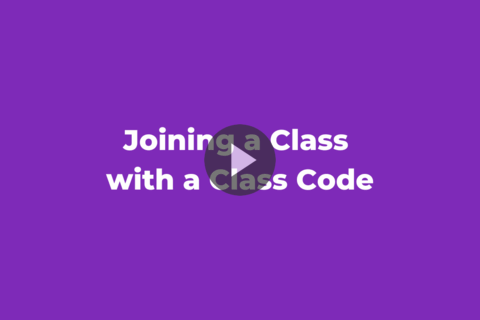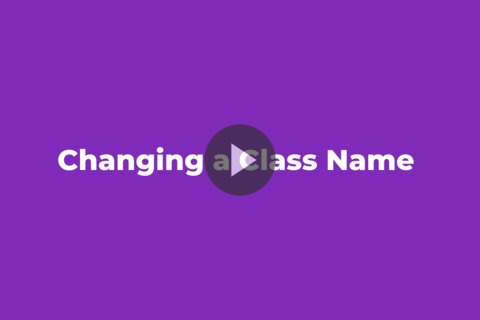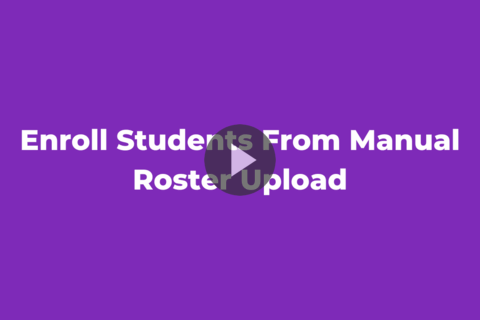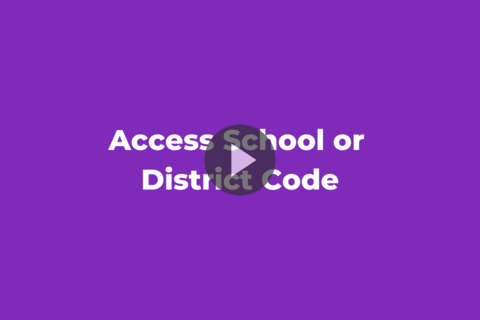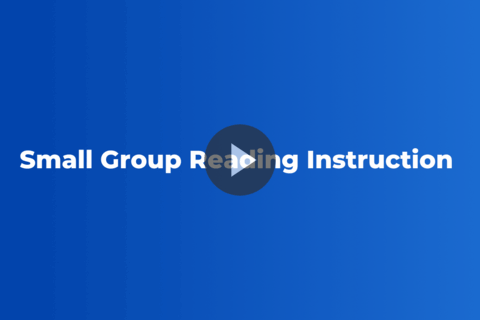
On-Demand Training
Here's your path to getting started with all ThinkCERCA has to offer. Click below to discover our Best Practices resources and guides provided below to uncover how ThinkCERCA can support you in achieving your literacy goals. Whether you're seeking assistance with rostering or implementing SMART goals, we have you covered.
Nurture Happy, Chatty Classrooms Districtwide
Best Practices and Easy-to-Use Literacy Strategies
Writing

Best Practices: Research Toolkit
Writing
Building a habit of locating, evaluating, and using credible sources.
View →
Compare Writing
Writing
Comparing texts is a powerful tool for reading and writing skill development.
View →
What's RIGHT in Writing
Writing
Support student writing and growth by highlighting strengths with a rubric and providing next-time feedback.
View →Reading Comprehension

Chunking Text
Reading Comprehension
Students learn to break challenging text into manageable pieces.
View →
Contextual Reading
Reading Comprehension
Reading comprehension and analysis through performance
View →
Ensemble Performance
Reading Comprehension
Reading comprehension and analysis through performance.
View →
Making Connections
Reading Comprehension
Students make connections between new information and prior knowledge.
View →
Pair to Square
Reading Comprehension
Students collaborate to find text evidence; pairs can join another pair to form a square for more discussion.
View →
Pause & Reflect Independently
Reading Comprehension
The habit of pausing and reflecting in reading is a key to lifelong learning. While very accessible readings on familiar topics may go quickly, challenging texts require a little more effort.
View →
Scooping
Reading Comprehension
Students practice prosody and fluency by “scooping” the phrase instead of reading at the word level.
View →Close Reading
.png?width=300&name=ChoralDramatic%20Reading%20(1).png)
Choral/Dramatic Reading
Close Reading
Reading comprehension and analysis through performance.
View →
Error/Distraction Analysis
Close Reading
Teachers guide students through a reflection on the multiple choice questions to determine what makes the right answer right and the wrong answer wrong.
View →
I Do, We Do, You Do Summarizing
Close Reading
Gradual release summarizing protocol to kick off summarizing activities for longer complex texts: I do it, we do it together, you do it together, you do it alone.
View →
On The Fence
Close Reading
Students are asked to complete a claim for both sides of an issues-based argument prior to planning their discussion or writing.
View →
Paired Assessment Practice
Close Reading
Students select their answers to the Check questions but compare and debate inconsistencies with a partner or group before submitting.
View →
Partner Restatement
Close Reading
Students learn to restate questions using the 'Put the Question in the Answer' strategy and learn the importance of restating questions in their answers.
View →
Pause and Reflect Gallery Walk
Close Reading
Students move around the classroom to view chosen content or shared digital notes (i.e. quotes from text, questions, responses) then provide their own ideas through group conversation or written response.
View →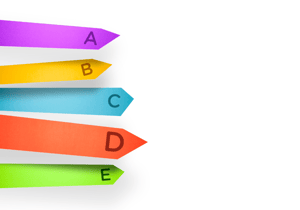
Prediction
Close Reading
Teacher displays the Check questions and students record their own answers for each multiple-choice question prior to seeing the multiple-choice options.
View →Vocabulary
.png?width=300&name=Dig%20into%20Root%20Words%20(1).png)
Dig Into Root Words
Vocabulary
Compare the meaning of words that share the same root, analyzing the root’s impact on the meaning of key terms from a reading.
View →
Frayer Model
Vocabulary
Building word knowledge and conceptual understanding using key vocabulary
View →
Gallery Walk
Vocabulary
Building word knowledge and conceptual understanding using key vocabulary
View →
Link It!
Vocabulary
Building word knowledge and conceptual understanding using vocabulary lists.
View →.png?width=300&name=List%2c%20Group%2c%20Label%20(1).png)
List, Group, Label
Vocabulary
Students sort vocabulary words into conceptual groups to reinforce learning and encourage critical thinking.
View →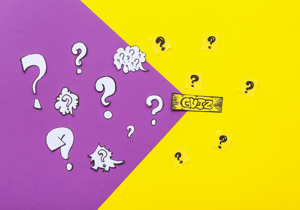
Quiz-Quiz-Trade
Vocabulary
Building word knowledge and conceptual understanding using key vocabulary
View →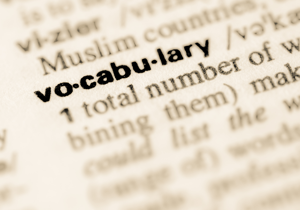
Root Word Challenge
Vocabulary
Building word knowledge and conceptual understanding using key vocabulary
View →
Shades of Meaning
Vocabulary
Building word knowledge and conceptual understanding using key vocabulary
View →
Silly Sentences
Vocabulary
Creating a silly sentence while using a new vocabulary word correctly is a fun and social way for students to have memorable experiences with new vocabulary.
View →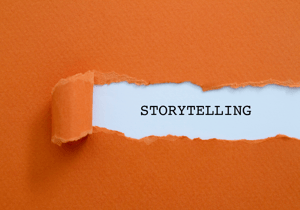
Storytelling with Vocabulary
Vocabulary
Building word knowledge and conceptual understanding using key vocabulary
View →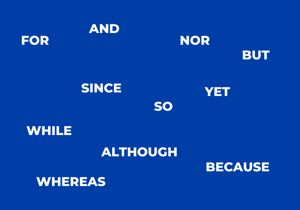
Using Conjunctions to Compare & Contrast
Vocabulary
Vocabulary development through articulating relationships between words and concepts
View →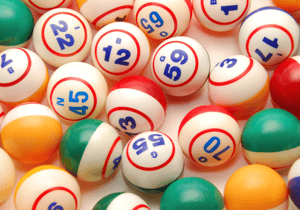
Vocabulary BINGO
Vocabulary
Building word knowledge and conceptual understanding using key vocabulary
View →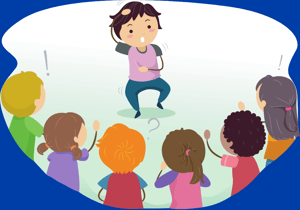
Vocabulary Charades
Vocabulary
Building word knowledge and conceptual understanding using key vocabulary
View →
Vocabulary Hot Seat
Vocabulary
Building word knowledge and conceptual understanding using key vocabulary
View →
Vocabulary Memory Match
Vocabulary
Building word knowledge and conceptual understanding using key vocabulary
View →
Vocabulary Timeline
Vocabulary
Building word knowledge and conceptual understanding using key vocabulary
View →.png?width=300&name=Word%20Mapping%20(1).png)
Word Mapping
Vocabulary
Students will explore a key conceptual term that will help them deepen their exploration and interpretation of the reading selection.
View →
Word Sort
Vocabulary
Building word knowledge and conceptual understanding using key vocabulary
View →
Word Toss + Definition
Vocabulary
Building word knowledge and conceptual understanding using key vocabulary
View →Culture + Community + Collaboration
.png?width=300&name=Fishbowl%20(1).png)
Fishbowl
Culture + Community + Collaboration
A variation on Socratic Discussions, in which students take turns participating in and observing rigorous inquiry-based discussion.
View →
Harkness Discussion
Culture + Community + Collaboration
A method for implementing student-led class discussion that incorporates student-formulated questions and responses.
View →
I Like, I Wish, I Wonder
Culture + Community + Collaboration
Creating a nurturing learning community.
View →
Socratic Discussion
Culture + Community + Collaboration
Rigorous dialogue to help students develop a deeper understanding of complex topics and build communication, collaboration, and critical thinking skills.
View →
Think-Pair-Share
Culture + Community + Collaboration
Build relationships, knowledge, and engagement through sharing responses to a prompt.
View →Background Knowledge + Overview

Quick Journal
Background Knowledge + Overview
Pre-reading, post-reading, reflection or skill introduction activity
View →

